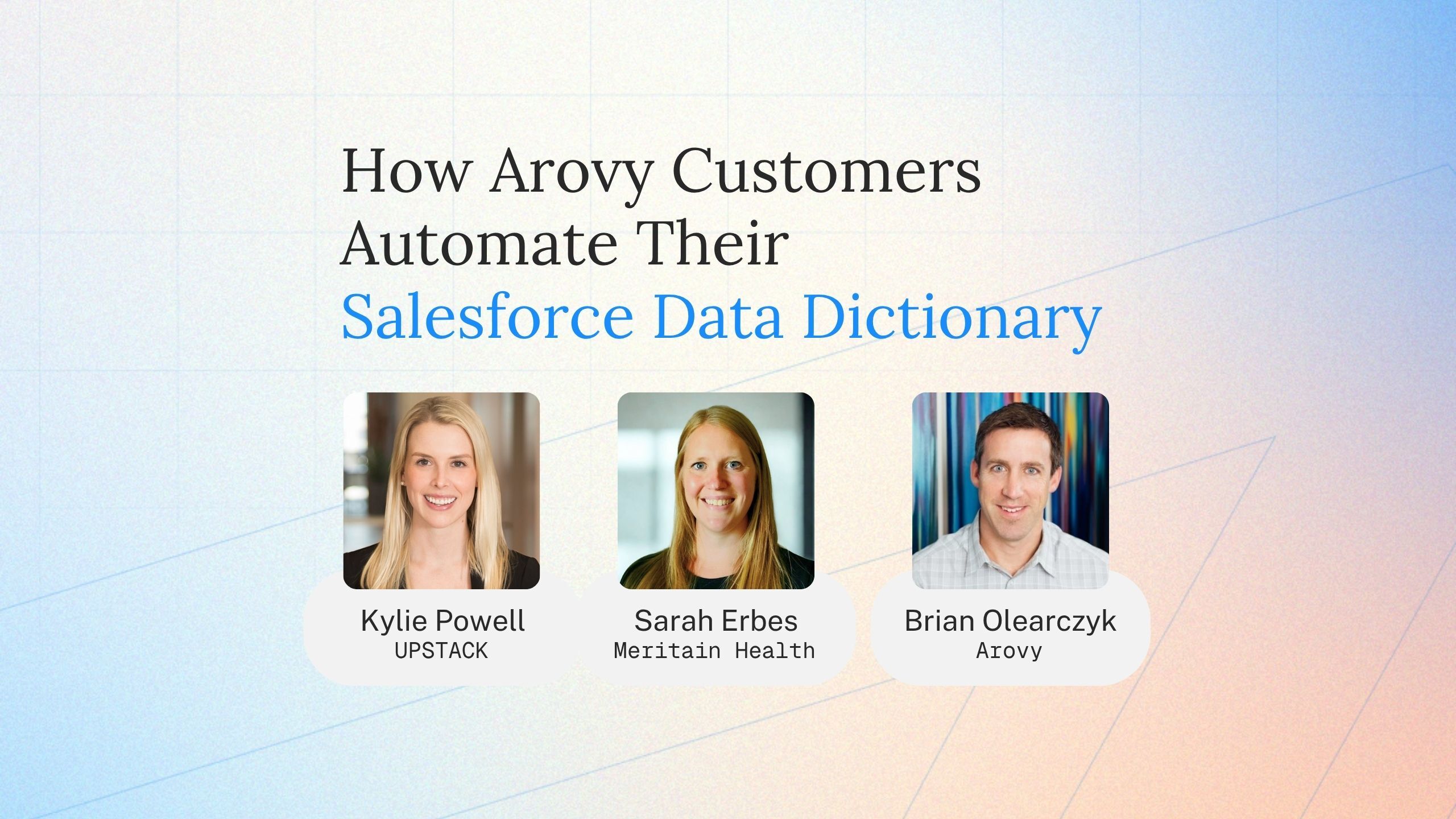How to Consolidate Your Tech Stack During a Merger & Acquisition
Congratulations! You’ve just bought another company—or your company was just purchased—and you’ve entered an exciting time of growth, new challenges, and new coworkers. As you create an action plan with your expanded team, the topic of merging your two Salesforce instances takes center stage. After all, you need to merge these instances together in order to become one fully integrated system.
It might not seem like much at first, but merging two Salesforce orgs is no walk in the park. You may have read plenty of M&A horror stories as you research how others tackled this process. We’re here to guide your ops team every step of the way and ensure you don’t forget any details, no matter how small.
The M&A details your ops team should focus on
In order to successfully create a single source of truth during a merger and acquisition, ops teams should focus on:- Mapping out every impacted process
- Creating new fields and eliminating outdated or repetitive fields
- Protecting important Salesforce reports
- Understanding the tech stack dependencies and how they may be impacted
- Updating any important integrations and uninstalling outdated ones
- Giving everyone on the team the access they need to the right platforms
How to use a Change Intelligence platform to merge Salesforce orgs together
A quick Google search for “merging multiple Salesforce instances” provides a long list of detailed checklists, tips and tricks, and guides filled with advice for even the most complex of mergers. But if you use a Change Intelligence platform like Arovy, all of the important information and detailed relationships between certain fields and objects is cataloged in one place for your entire ops team to see.
Arovy helps your ops team:
- See which processes will be impacted during the merge and pinpoint which processes to keep intact.
- Visualize the dependencies across your tech stack, so the merger doesn’t have negative downstream impacts on your go-to-market teams, including sales, marketing, and CX.
- Understand how data is referenced in your systems, so you can keep a clear line of sight across all of your data.
- Protect your Salesforce reports by understanding each report’s field dependencies and field references.
How Arovy helps other ops teams consolidate multiple orgs with less stress and more transparency
Glo A., Director of Business Operations at Four Winds Interactive (FWI), knows firsthand how difficult an M&A can be. She joined FWI post-acquisition right when merging their two Salesforce instances became a priority.“I joined FWI post-acquisition, so I was able to teach myself a lot about the Salesforce instance by using Arovy to connect the dots.”
This wasn’t her first rodeo, though. After going through a particularly challenging M&A at a previous company without any kind of Change Intelligence platform, she knew she didn’t want to experience that kind of difficult process again. With her team of data analysts, Salesforce admins, developers, and managers, Glo took the opportunity to implement Arovy—which FWI already had—to keep the merger as frictionless and transparent as possible.“The more you can see and the more you can learn, the more valuable you are. We didn’t have enough Salesforce licenses to give everyone access to both instances, but everyone had Arovy access. With that, we were able to give people a deeper technical look at both systems when they needed it, without us having to dual-license them within Salesforce.”
With her guidance and the help of Arovy’s features, Glo’s team was able to make a lot of decisions about managing tech debt and workflows while gaining a deep understanding of the intricate spider web that can be a more mature Salesforce org. Without Arovy, that process would have proven much more difficult and time-consuming for the entire ops team.Merging multiple Salesforce instances doesn’t have to be challenging
Find out how Arovy can help you merge Salesforce orgs together with ease. Just take it from Glo:“It’s way easier to find everything that’s been impacted using Arovy than to hunt and peck and follow the trail of the problem.”


.webp)





-3.png)
